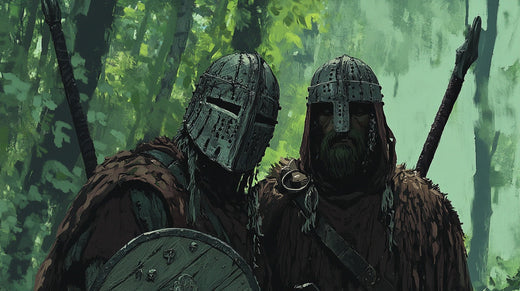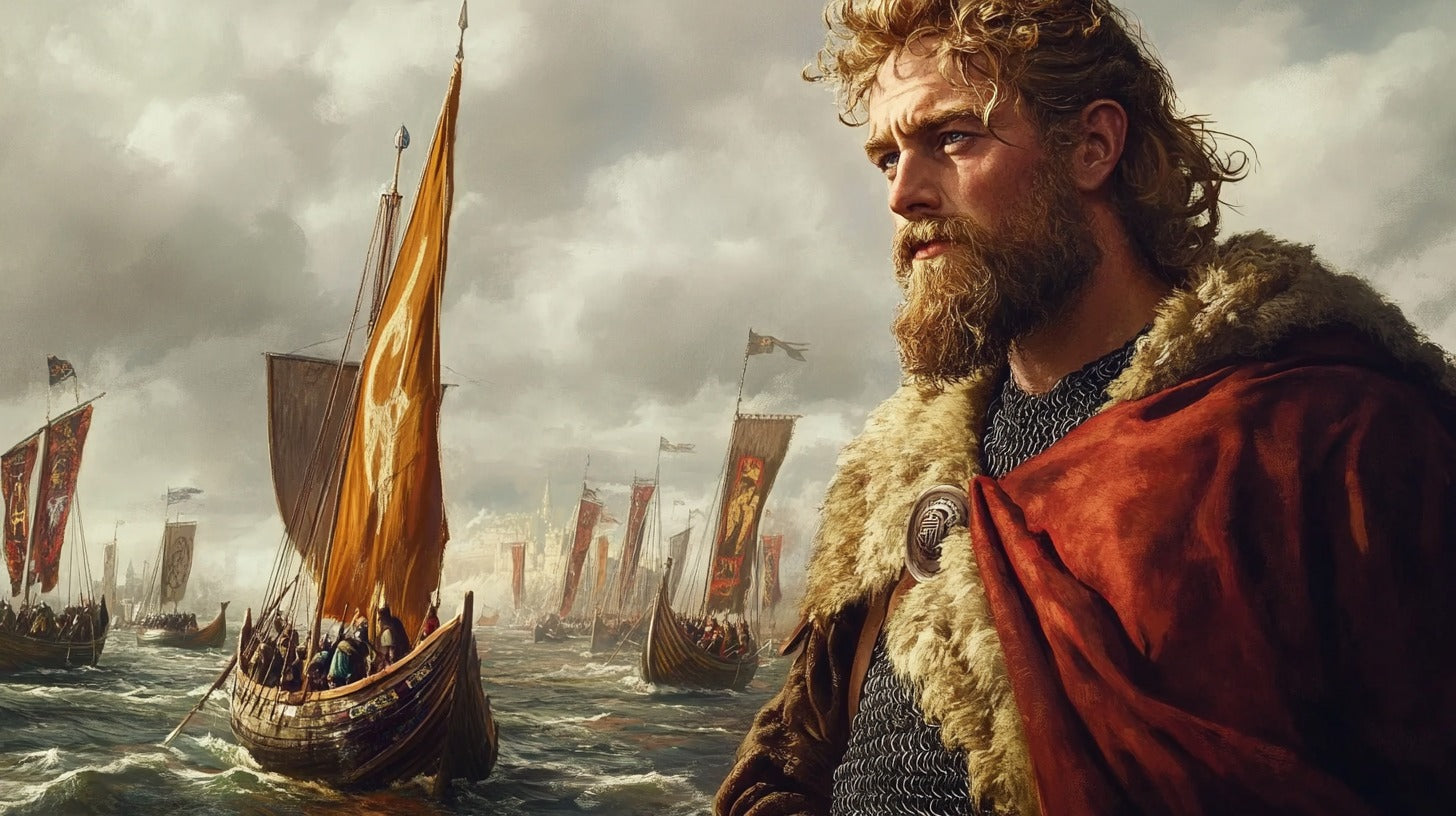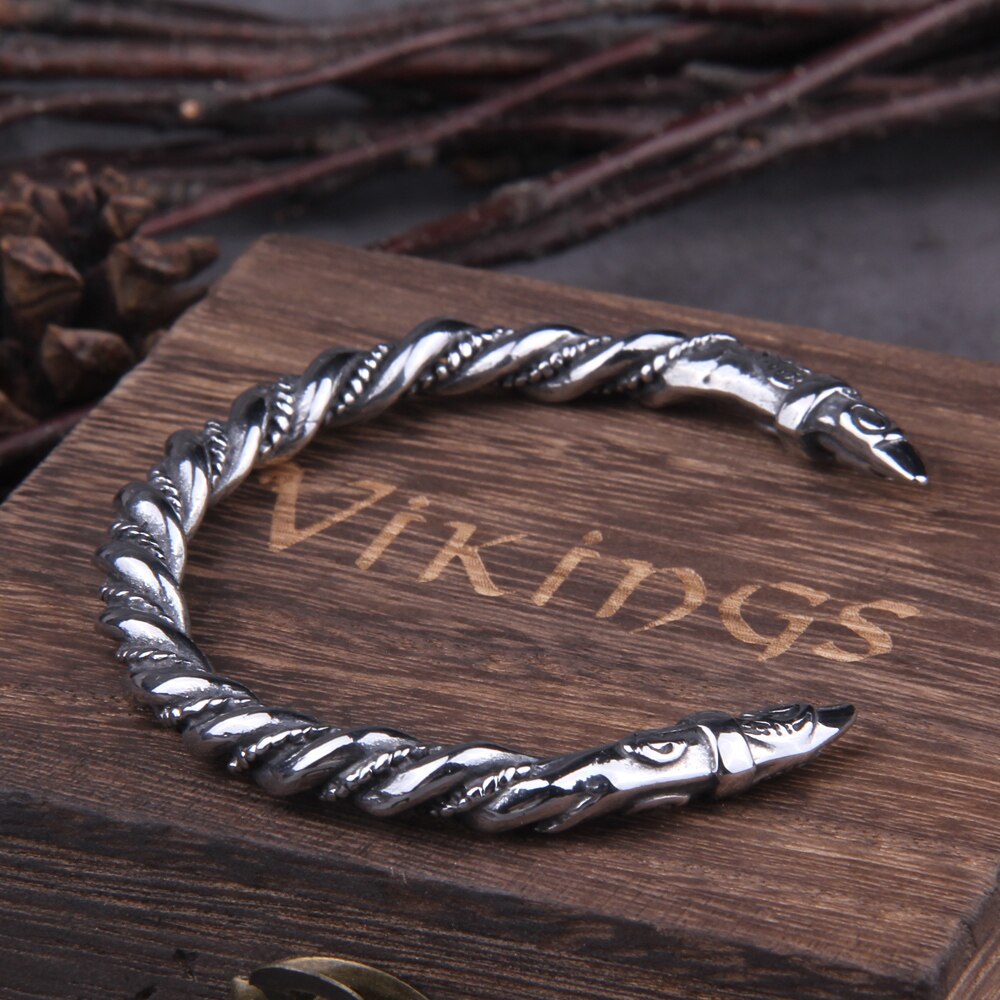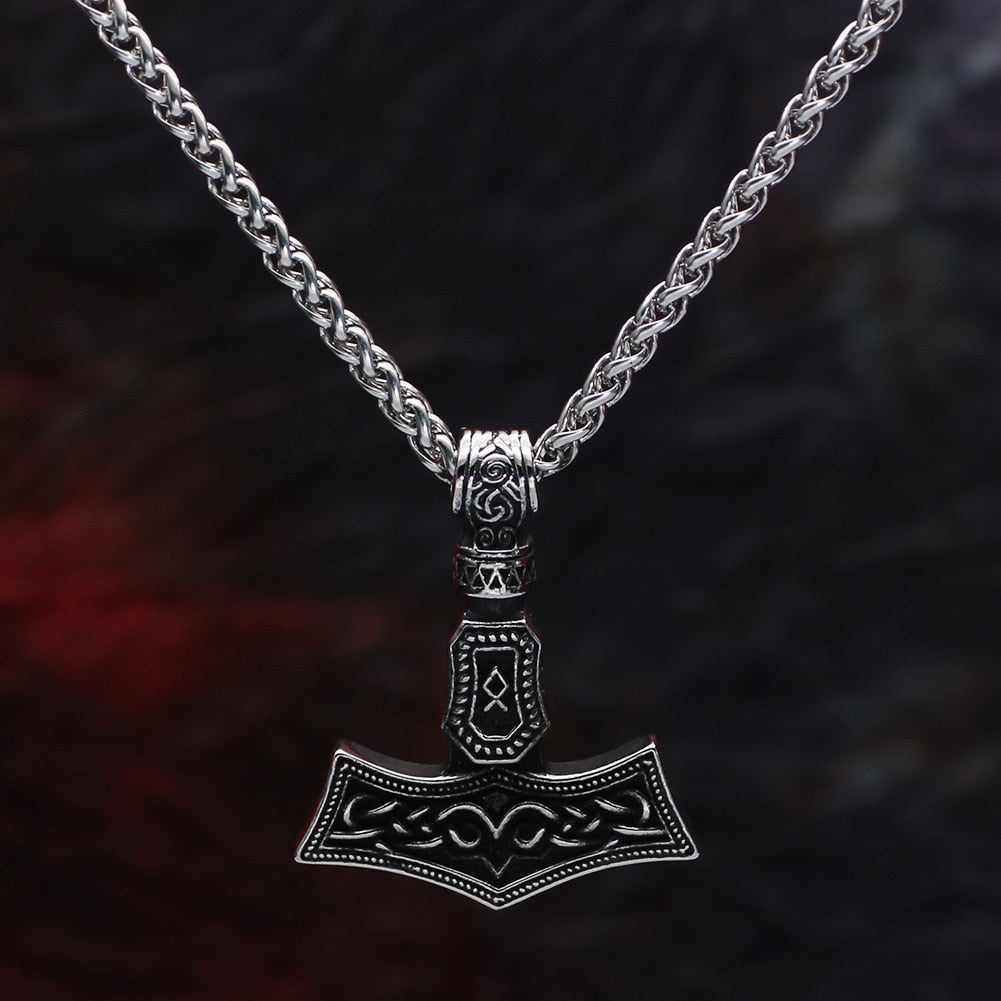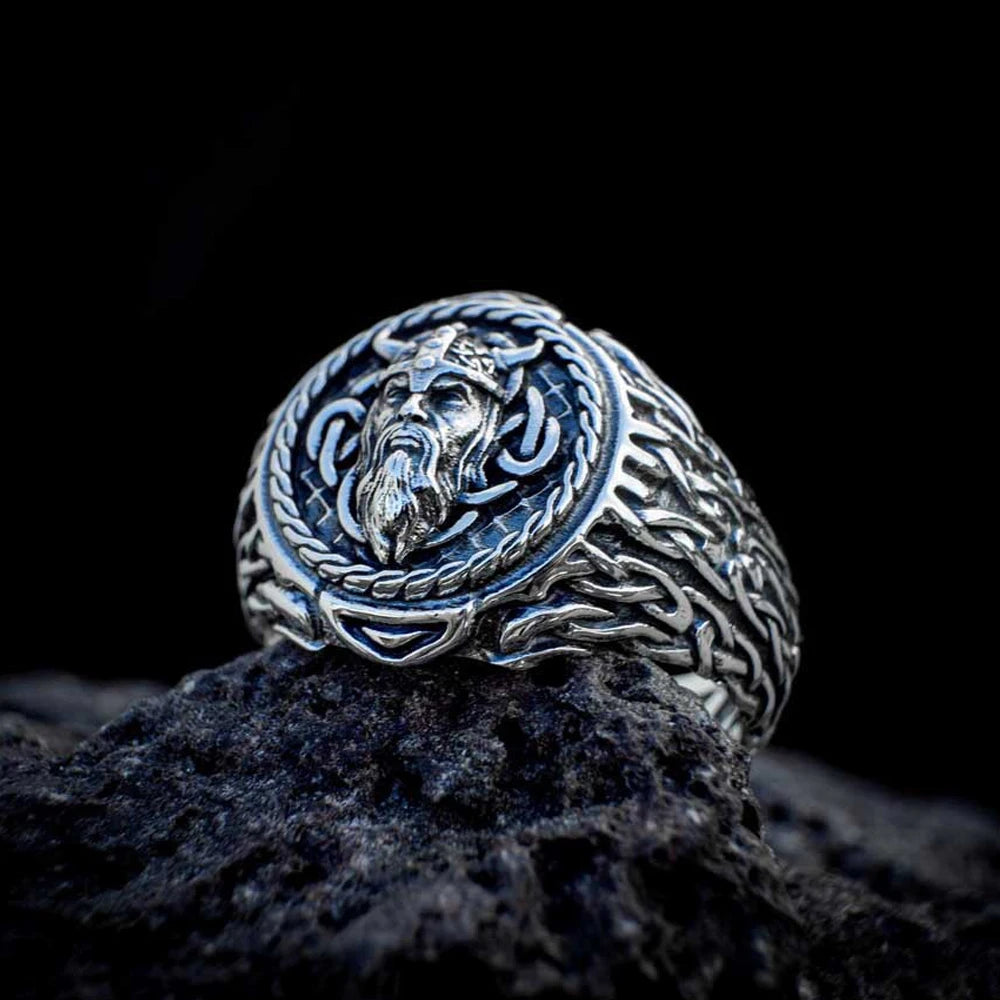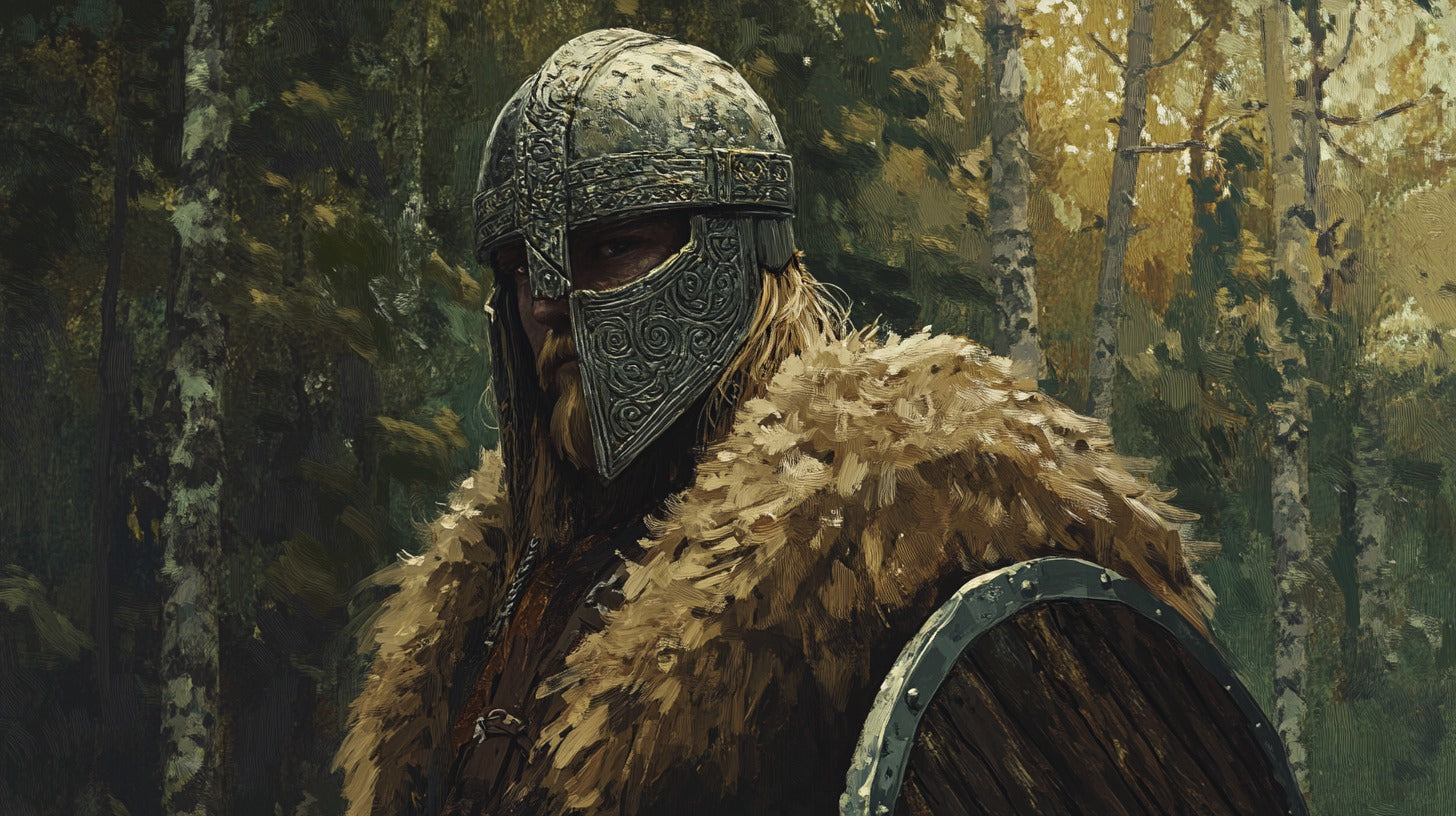
The Vandals: How Germanic Tribes Reshaped Roman Africa
The Vandals, a Germanic tribe that emerged during Late Antiquity, have long been a subject of historical intrigue and misrepresentation. Their most infamous act, the Sack of Rome in 455 CE, has overshadowed a complex history of migration, conquest, and adaptation. Far from being mere destroyers, the Vandals established a kingdom in North Africa that played a pivotal role in the transformation of the late Roman world. This guide examines the Vandals’ origins, achievements, and enduring legacy, dispelling myths and offering a nuanced understanding of their place in history.
The Vandals' Origins

Migrations of the Vandals from Scandinavia through Dacia, Gaul, Iberia, and into North Africa (Illustration: O.Mustafin)
The Vandals are believed to have originated in Scandinavia, migrating southward into Central Europe during the Roman Iron Age. By the 2nd century CE, they had settled in areas corresponding to modern Poland and Hungary. Divided into two primary groups, the Hasdingi and the Silingi, the Vandals maintained distinct identities while sharing cultural and linguistic traits with other East Germanic tribes.
Their name, potentially derived from the Proto-Germanic root wanð- (to wander), reflects their reputation as a migratory people. Early Roman records, such as those by Tacitus, described the Vandals as fierce warriors, but details about their society during this period remain sparse. Archaeological evidence, including burial sites and artifacts, indicates that they engaged in agriculture, trade, and occasional conflict with neighboring groups.
Migration and Early Conflicts

Triskele Horns of Odin Jelling Style Ring
The Vandals’ migration was driven by a combination of environmental pressures, internal dynamics, and the encroachment of other tribes, notably the Huns. By 406 CE, the Vandals, along with the Alans and Suebi, crossed the frozen Rhine River into Roman Gaul. This marked the beginning of a series of conflicts and alliances that would shape their destiny.
After years of instability in Gaul, the Vandals moved into the Iberian Peninsula in 409 CE. Here, they established themselves in regions like Gallaecia and Baetica, despite frequent clashes with Roman forces and rival tribes. The Silingi settled in the south, while the Hasdingi occupied the northwest. The arrival of the Visigoths, however, disrupted their hold on Hispania, prompting a dramatic relocation.
The Vandals in North Africa

Coin of Bonifacius Comes Africae (422–431 CE), a Roman general who ruled over the African provinces before being defeated by the Vandals. The coin reflects his role in the late Roman Empire, during a time of internal strife and external threats. Bonifacius was a key figure in the conflict leading up to the Vandal conquest of North Africa. (Photo: Classical Numismatic Group, Inc CC BY-SA 3.0)
In 429 CE, under the leadership of King Geiseric, the Vandals crossed the Strait of Gibraltar into North Africa. Historians debate whether this move was invited by Roman officials or driven by opportunism, but its consequences were profound. Within a decade, the Vandals seized Carthage, a major Roman city, and established a kingdom that controlled vital trade routes and grain supplies.
Geiseric’s reign (428–477 CE) marked the height of Vandal power. Renowned for his strategic acumen, he transformed the Vandals into a dominant naval force, capable of challenging Roman and Byzantine fleets. Their mastery of the Mediterranean earned them both wealth and enemies, cementing their reputation as formidable adversaries.
The Sack of Rome (455 CE)

Hrafnbróðir - Viking Raven Arm Ring
The Sack of Rome remains the Vandals’ most famous exploit. In 455 CE, following the assassination of Emperor Valentinian III and political turmoil in the Western Roman Empire, Geiseric led his forces to the city. Unlike earlier sacks, such as that by the Visigoths in 410 CE, the Vandals’ approach was systematic. While they plundered wealth and treasures, they avoided widespread destruction and spared many religious sites, reflecting Geiseric’s Arian Christian beliefs.
This event, however, left an indelible mark on historical memory. Medieval and later writers exaggerated the Vandals’ actions, associating them with wanton destruction. The term “vandalism” would emerge centuries later, further distorting their historical image.
Culture and Society

Vandalic gold foil jewellery from the 3rd or 4th century (Photo: Sandstein CC BY 3.0).
Vandal society blended Germanic traditions with Roman and North African influences. Their social structure was hierarchical, with a warrior elite dominating a largely agrarian population. Kinship and loyalty to tribal leaders were central to their identity, though their prolonged contact with Romanized societies introduced new dynamics.
The Vandals spoke an East Germanic language, now extinct, which likely included loanwords from Latin and Berber. Archaeological finds, such as jewelry and weaponry, reveal a fusion of Germanic and Roman artistic styles. Urban centers under Vandal rule, including Carthage, displayed continuity with Roman architectural and administrative traditions.
Religion and Beliefs

Handcrafted Gungnir Spearhead Byzantine & King Chain Amulet
The Vandals’ adoption of Arian Christianity set them apart from the predominantly Nicene Christian Roman world. Arianism, which viewed Christ as subordinate to God the Father, was deemed heretical by the Nicene Church, leading to religious tensions in Vandal-controlled territories. Geiseric and his successors sometimes persecuted Nicene Christians, confiscating their property and restricting their worship.
Despite these conflicts, the Vandals’ rule was not universally oppressive. Evidence suggests that they allowed a degree of religious tolerance, particularly under later rulers. Their Arian faith, however, became a defining characteristic of their kingdom, influencing their policies and relations with neighboring powers.
Relations with Other Powers

A Roman ship which had been burnt down during the Vandal raid at the Port of Olbia during 455 AC (Photo: pp02918 CC BY 3.0)
The Vandals’ relations with other Germanic tribes, such as the Visigoths and Ostrogoths, were complex. While they shared cultural affinities, competition for resources and territory often led to conflict. The Vandals’ naval dominance brought them into frequent clashes with the Byzantine Empire, culminating in Emperor Justinian I’s campaign to reclaim North Africa.
The Byzantine general Belisarius launched an invasion in 533 CE, defeating the Vandal king Gelimer and ending their kingdom. This marked the end of the Vandals as a distinct political entity, though their influence persisted in the region’s cultural and demographic fabric.
Decline and Fall

The fall of the Vandal Kingdom was swift and decisive. Internal divisions, overreliance on naval power, and the resurgence of Byzantine strength contributed to their downfall. The defeat at the Battle of Tricamarum and the capture of Carthage in 534 CE signaled the end of Vandal rule.
Despite their relatively short reign in North Africa, the Vandals left a lasting impact. Their kingdom served as a bridge between the Roman and Islamic periods, influencing the region’s administrative and cultural evolution. Modern scholarship continues to reevaluate their contributions, challenging stereotypes and highlighting their adaptability.
Modern Perceptions and Misconceptions
Reconstruction of an Iron Age warrior's garments representing a Vandalic man from around 160 AD, complete with a "Suebian knot" hairstyle. Displayed at the Archaeological Museum of Kraków, Poland. (Photo: Silar CC BY-SA 3.0)
The Vandals’ legacy has been shaped by centuries of misrepresentation. The term “vandalism,” coined during the French Revolution, unfairly casts them as archetypal destroyers. In reality, their achievements in statecraft, military strategy, and cultural synthesis reveal a more nuanced picture.
Efforts to reassess the Vandals emphasize their role in the transformative period of Late Antiquity. As both inheritors and challengers of Roman traditions, they exemplify the complexities of this era.
Frequently Asked Questions (FAQs)
- Who were the Vandals?
The Vandals were a Germanic tribe active during Late Antiquity, known for their migration across Europe and the establishment of a kingdom in North Africa.
- What religion did the Vandals follow?
The Vandals practiced Arian Christianity, which caused tensions with the predominantly Nicene Christian populations they ruled over - though they practiced a form of Germanic Paganism before their conversion.
- What language did the Vandals speak?
The Vandals spoke an East Germanic language, now extinct, influenced by Latin and local dialects.
- Are there modern descendants of the Vandals?
While no direct lineage remains, their cultural and genetic influences persist in the Mediterranean region.
- Why is Idaho’s mascot the Vandals?
The University of Idaho adopted the name for its athletic teams, associating it with strength and boldness rather than its destructive connotations.
